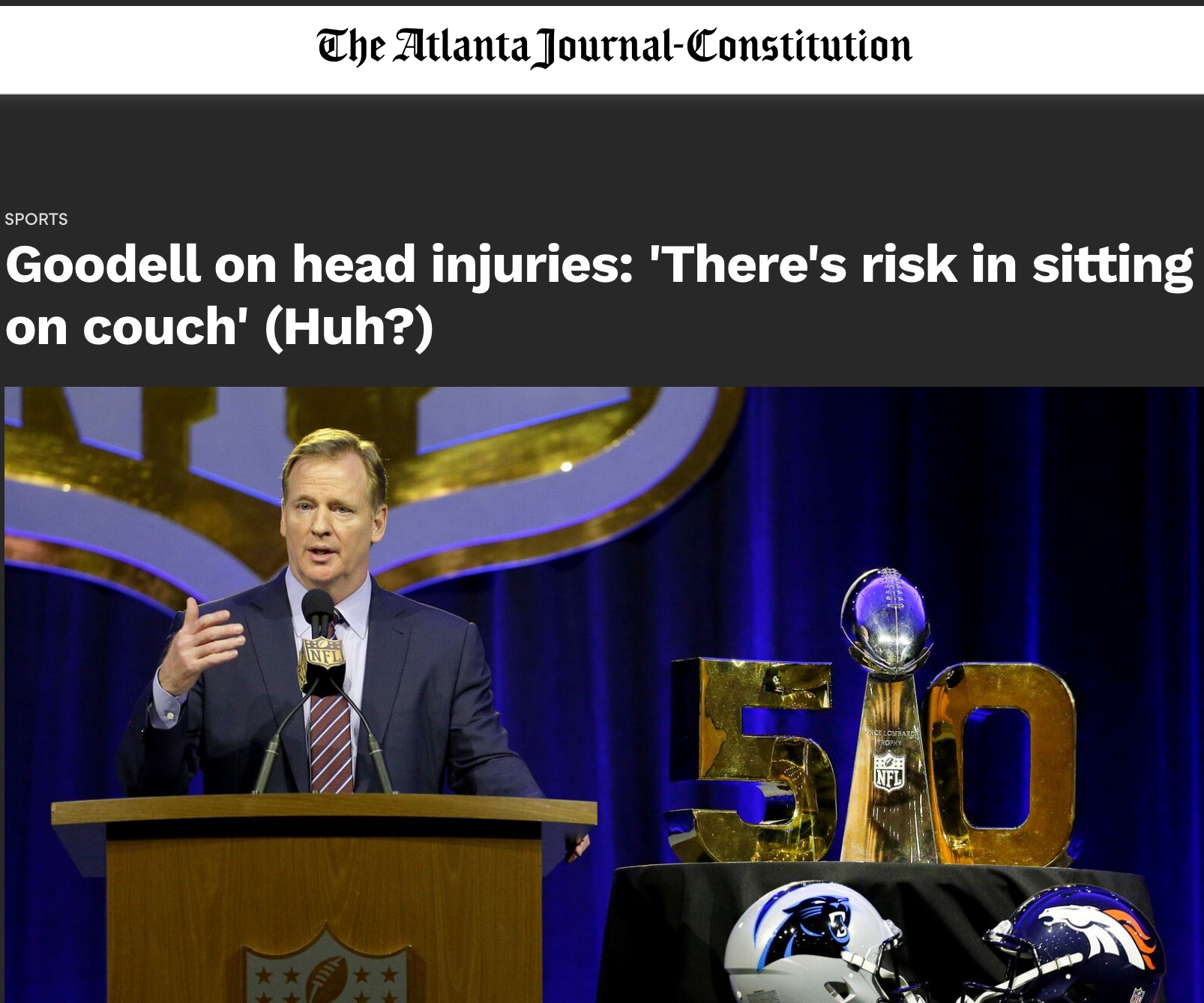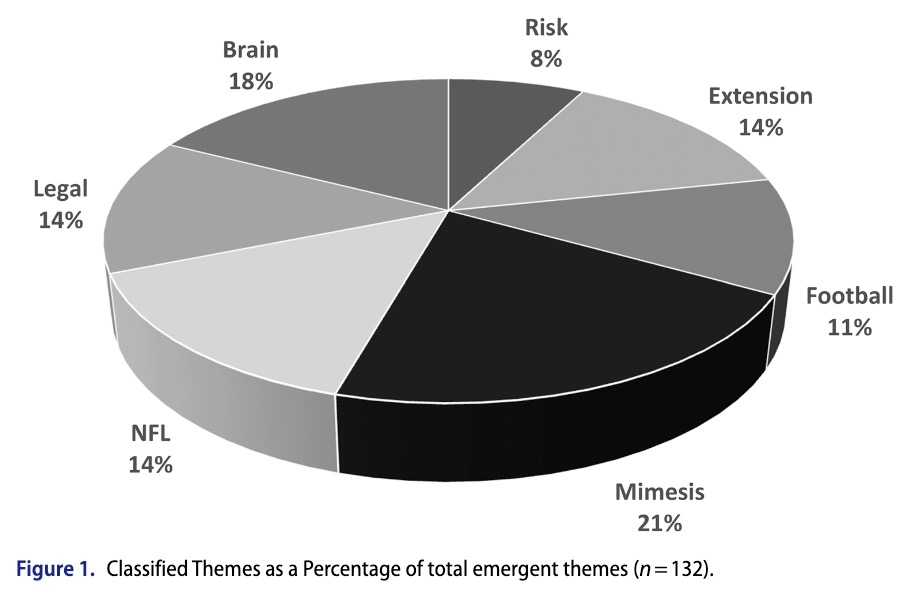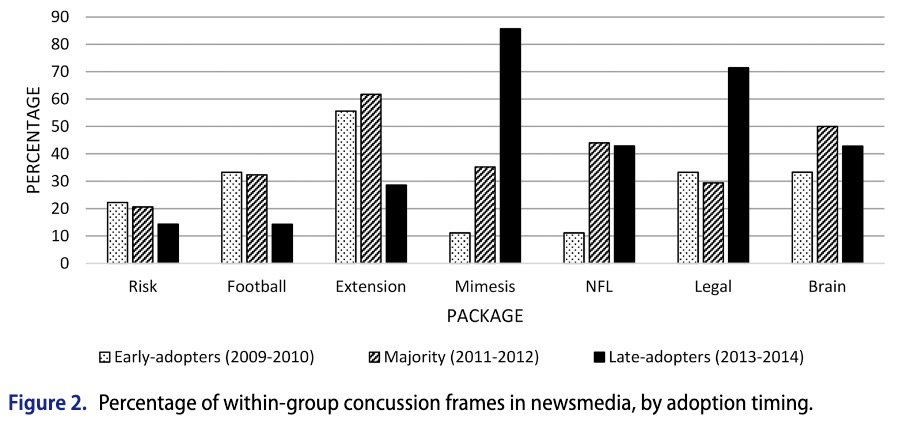Michael Lengefeld

What is this research about?
Participation in youth sports is considered a rite of passage in American society.
While all youth sports involve concussion risk, numerous studies find that the
highest rates of concussion occur in youth football. Between 2007 and 2014, all
U.S. states passed concussion legislation regulating youth sports participation.
Why were some U.S. states slower than others to pass concussion laws with return
to play restrictions? When states passed laws, why did some print media identify
youth football as the justification for enacting legislation, while others did not –
what explains this variation and how did the stories differ?
What did the researchers do?
The researchers first used an event history regression model to test two competing hypotheses
regarding youth sport participation and the timing of concussion legislation: constituency
vs. resistance. Discourse around concussions has focused on youth athletes as a population
at risk, which require risk-reduction medical policies to protect them. The amount of youth
sport participation in a state identifies a key group of at-risk individuals. If a disease
only affects a few individuals, it is less likely that medically informed laws will be passed.
Constituency hypothesis: States with higher levels of youth sport participation will adopt concussion
legislation earlier. If legislation affects a large, at-risk population, organizations
are more likely to enact regulations quickly.
Resistance hypothesis: States with higher levels of youth sport participation will adopt concussion
legislation later. Sport is an important activity with entrenched interests that are unlikely
to change quickly, and states with more youth athletes could be slower to pass concussion laws.
Next, researchers collected newspaper coverage of the passage of youth sports concussion laws in each state.
The framing of these laws involved different interest groups who attempted to shape laws and public
discourse. The NFL, scientists, public health officials, youth sports organizations, and parents
attempted to shape this framing and public discourse. This type of analysis reveals sources of cultural
and organized interest group power.

Source: YMCA of North Carolina




